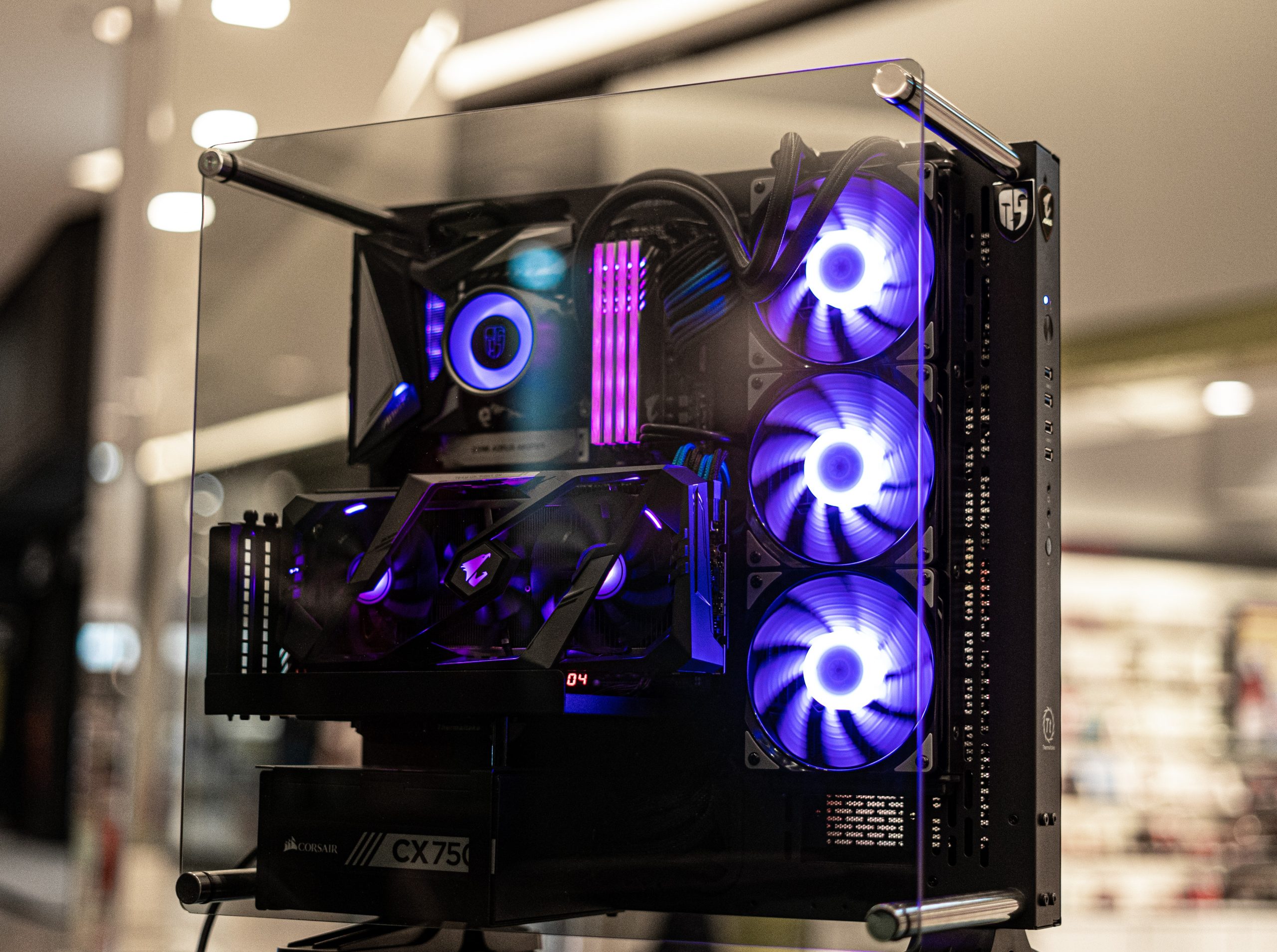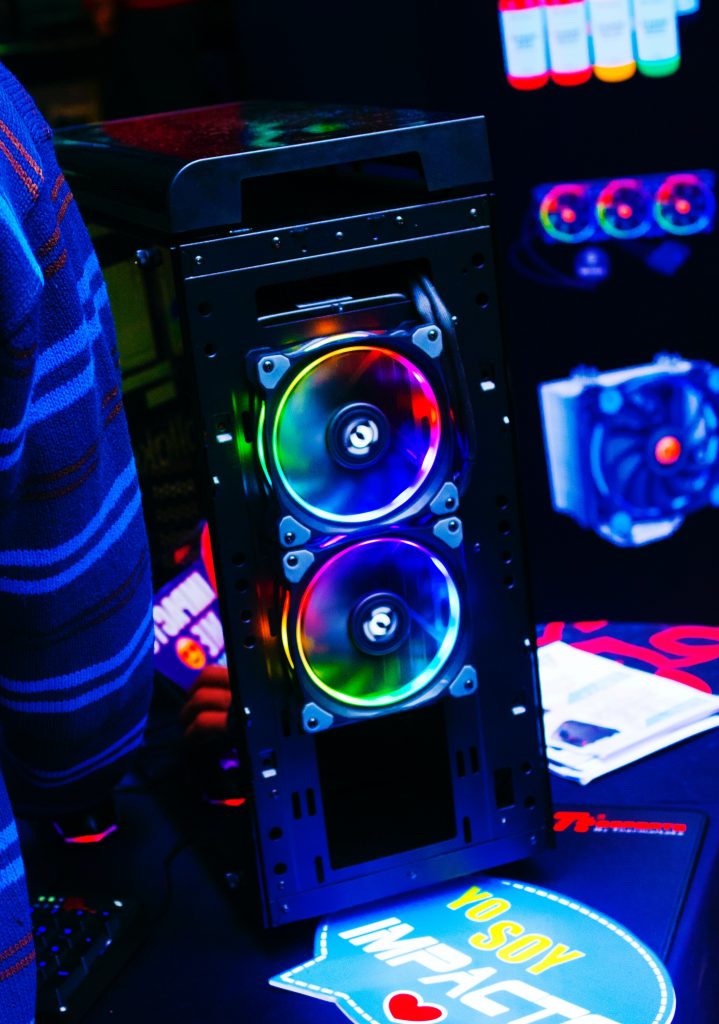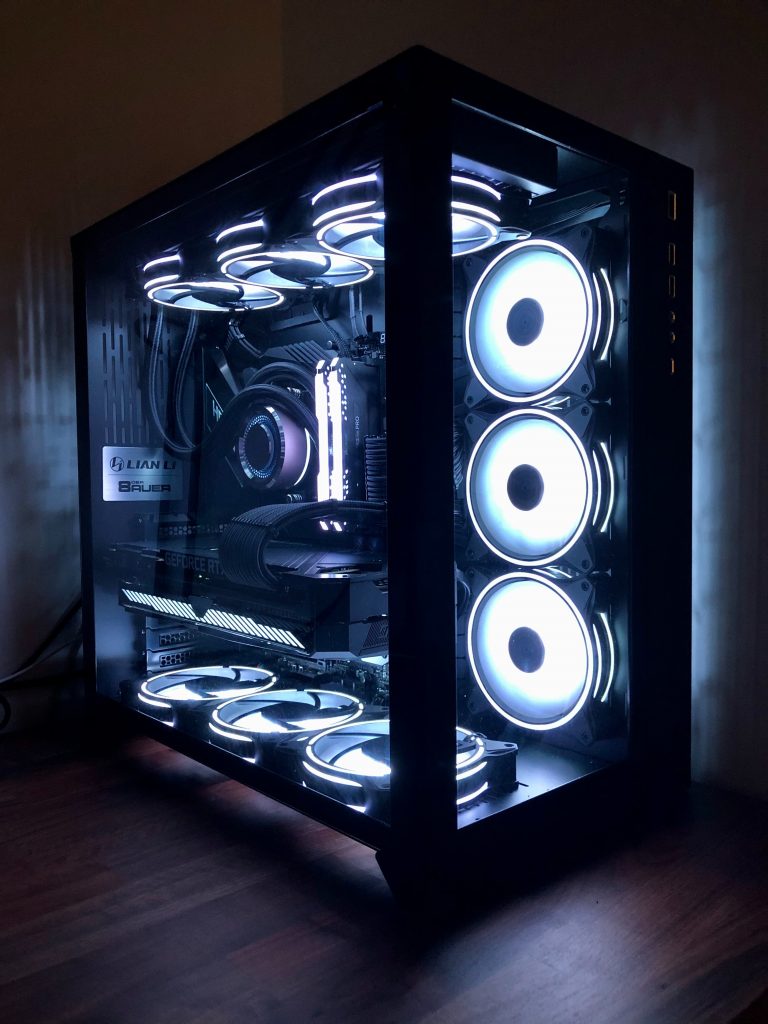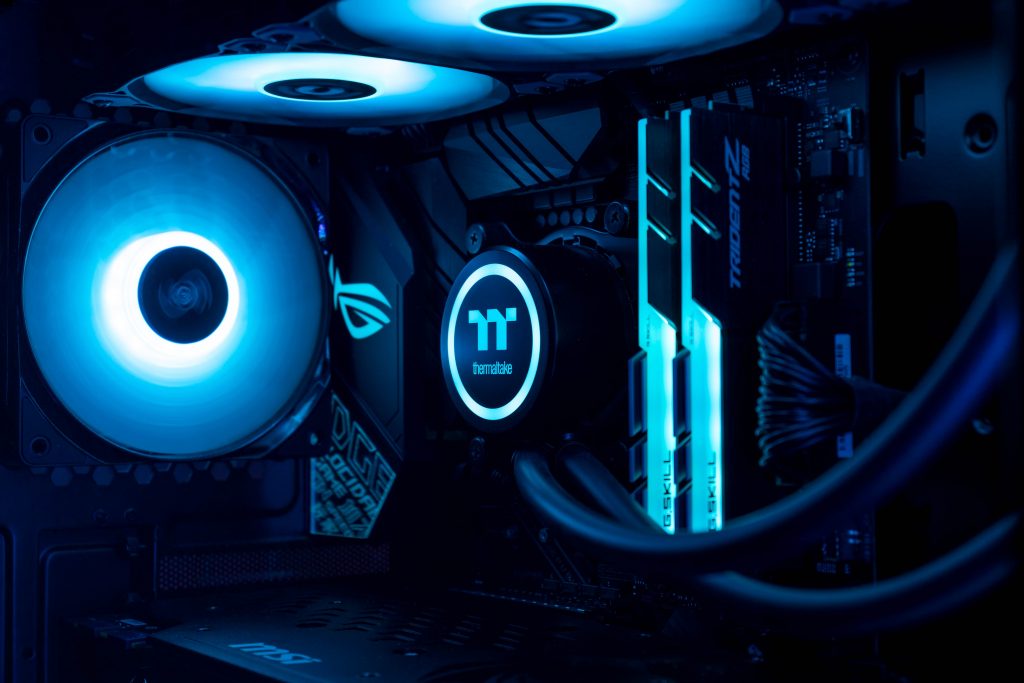
What is the most expensive PC case? Picking a PC case is an excellent place to begin if you’re building a workstation or a gaming PC. While there are many options, what can you make of the most expensive PC case?
Most pricy PC cases you’d find are more than just a container for your hardware. You can use them to control the loudness in your workspace and the cooling capability of your computer. You can display your love or absolute disgust for RGB by purchasing a high-end PC case with RGB lighting.
You should read this if you’re considering getting the most expensive PC case possible for your new build. You’ll learn about some of the top cases on the market and how they can help you make a more well-informed decision about your purchase if you keep reading.
What Are PC Cases?
A PC case is the computer’s outer shell that shields its interior components from electromagnetic interference and physical damage. It enhances the aesthetics of your computer and organizes its internal structure. In addition, system cases allow for better air circulation, which reduces the risk of overheating, making them an essential part of the cooling process.
You can find cases made from wood, steel, aluminum, Styrofoam, and even glass. Most PC cases tend to be rectangular and black in appearance; however, there are several ways to personalize your PC case. Nowadays, you can include custom lighting, paint, and a liquid cooling unit.
You can also add additional cases to your PC to accommodate expansion slots, graphics cards, warning lights, and other server applications. There are a wide variety of PC cases, each of which has a distinct shape and size. This variation is necessary to ensure a perfect fit for the computer’s motherboard.
Types of PC Casing
PC cases vary in size, specifications, and even method of execution. While you can erect some casings vertically, others are on the desk horizontally. Here are the common types of PC casing you would find in the market:
1. Full Tower
A full tower is a prevalent PC casing that can accommodate a CEB or an E-ATX motherboard. When completed, the tower will stand 55-75 cm high and 22-32 cm wide. This is beneficial for high-performance servers with multiple components such as RAM, ROM, and external storage units running simultaneously. You can also install expandable cards, such as sound cards or receivers.
Typically, this style of computer case has a more efficient internal cooling system because of its correct size and weight. In this case, you can design your own cooling system from the ground up using the 230mm fans. This can help cool a system with two high-end graphics cards, several RAM bars, and an Intel Core i9-9900K processor.
Full Towers are worth considering if you require space for many components or airflow to cool strong processors and GPUs. However, they are bulky and hard to conceal. Full tower cases are typically the most expensive in the market.

2. Mid Tower
The most popular computer case format is the mid-tower or ATX format because it accommodates a wide variety of motherboards and multiple hard drives. Mini ITX and micro ATX formats come in this type of format. As a result, this category consists of all compact computer cases, such as the various cube-shaped chassis and those geared at HTPCs.
The entire tower is 35 to 55 cm tall and 15 to 25 cm wide when erected. Typically the mid-tower case has more room for full-size components, such as 300mm long video cards. It can also accommodate 120, 140, or 200 mm fans to cool the system better.
Desktop users like it because they can configure it to look like a low-power office workstation, media hub, or gaming rig. In addition, you can build a powerful PC with a well-designed ventilation system by using these sorts of computer cases.
3. Mini Tower
These computer cases take up as little physical space as possible. It only works with a microATX motherboard and a low-watt power supply and doesn’t fit large graphics cards. Their thermal enclosures aren’t the greatest on the market; therefore, they install low-consumption components.
As a result of their small size and poor airflow, Mini Tower chassis are rarely used by computer manufacturers. Mini-towers are average 30–45 cm tall and 15–25 cm wide. They can sometimes be smaller, limiting the accessories they can accommodate.
Mini towers are becoming increasingly popular for home PCs since they are both cost-effective and capable of playing conventional video games. However, their advantages are somewhat limited due to their small size and inability to expand.
4. HTPC and SFF
Your home theater PC, often known as an HTPC, is the ideal machine for enjoying high-definition video at home. For music and movie playback, this has more than adequate processing power. HTPC cases usually make for a tranquil PC with passive cooling.
On the other hand, SFF or ‘Small Form Factor’ casing is the smallest type you can find in the market. They usually come with motherboard cooling options that you can’t find in other types of cases.
Why Are PC Cases Expensive?
When manufacturers price a PC case, they consider various factors. Factors like the cost of raw materials and time and work invested into creating the case are among them.
The material a manufacturing factory uses to construct a computer casing is an essential factor.

Many manufacturers produce computer cases using various materials, including aluminum, plastic, glass, galvanized steel, wood, and acrylic. These materials are typically costly.
Size, shape, and specs of the computer’s hardware also affect case pricing. If a user prefers a particular form or color for their computer casing, it’s possible to build one that matches. This, however, would attract extra cost.
With so many apertures and connections, computer cases are time-consuming to put together correctly. Small batches of custom computer casings can also be built by hand. Generally, manufacturers may consider the time and work required to make a case to fix its price.
Expensive PC Cases You Should Consider
The PC case you choose to buy directly influences the appearance of your computer and the contents it can hold. Because they fall short of expectations or make significant compromises in terms of design, certain high-end situations are difficult to endorse. Some options to think about if you’re in the market for an expensive PC case:
1. Azza CSAZ-802F PC Case (Price: about $270)
The Azza CSAZ-802F includes 5 Hurricane II Digital RGB fans and a motherboard that can change its color. Three accent lights are on each side of the enclosure and 280mm-long video cards. In addition, it has full support for a wide variety of motherboards.
You can mount a 240mm radiator in the front of the casing, and it comes with a stand to hold the cube upright.
2. Azza CSAZ-804V PC Case (Price: about $300)
This is another aesthetically appealing PC case that supports multiple motherboard types. The bottom of the case can accommodate up to 360mm radiators, and the case’s lid features a 120mm RGB fan. However, due to the case’s poor airflow, an AIO cooler is essential.
CSAZ-804V is one of the best-looking expensive cases on the market, costing a whopping $300

3. FSP CMT710 PC Case (Price: about $450)
The FSP CMT710 is designed to house two different PCs. Look no further if you’re looking for a unique open-frame case! This case has an open aluminum frame, multiple chambers for dual water-cooling systems, a cable-management compartment, and an ARGB light strip.
In terms of appearance and feel, it’s decidedly futuristic. Furthermore, the ARGB lighting in the center of your station would match the rest of the lighting on your station. FSP CMT710 comes in Red/black and gold/black versions.
4. Cougar Gemini X Dual PC Case (Price: about $700)
Cougar’s Gemini X is a dual-PC casing that simultaneously accommodates an ATX motherboard for gaming and a mini-ITX motherboard. It comes with five fans for airflow to help cool the computer system.
The physical aluminum enclosure is 3mm thick and has a 5mm thick tempered glass. It’s up to you whether you want to display the case horizontally or vertically, depending on your available space.
5. In Win WINBOT PC Case (Price: Above $1,000)
The best part about this PC case is that it’s easily customizable and comes with unique features at the rear. This case includes face recognition and hand motions which you may customize. You can control this PC case by moving your hand or walking around.
The case can be rotated in all directions using body gestures. This intelligent case will immediately identify you as the owner after personalized configuration.
Note
These are for PC builders looking for a unique look and feel they can only achieve using high-quality, hand-made hardwood bespoke alternatives. Furthermore, the price of these cases may vary depending on the store or platform you’re purchasing from. Your PC case might also be more expensive if you want to customize it to your aesthetic preference.
Conclusion
These are the most expensive PC cases worth trying out in terms of utility and design. However, there are numerous other options in the market worth checking out. Many different PC cases are available at various price points, depending on your needs.
In addition, you want to ensure that you purchase a PC case not simply because it’s expensive but for its capabilities. A good PC case keeps your hardware safe, but it’ll also protect your motherboard and other internal components like a hard drive with time. Furthermore, aesthetically appealing cases are excellent, especially if you intend to spend most of your time in front of your computer.







